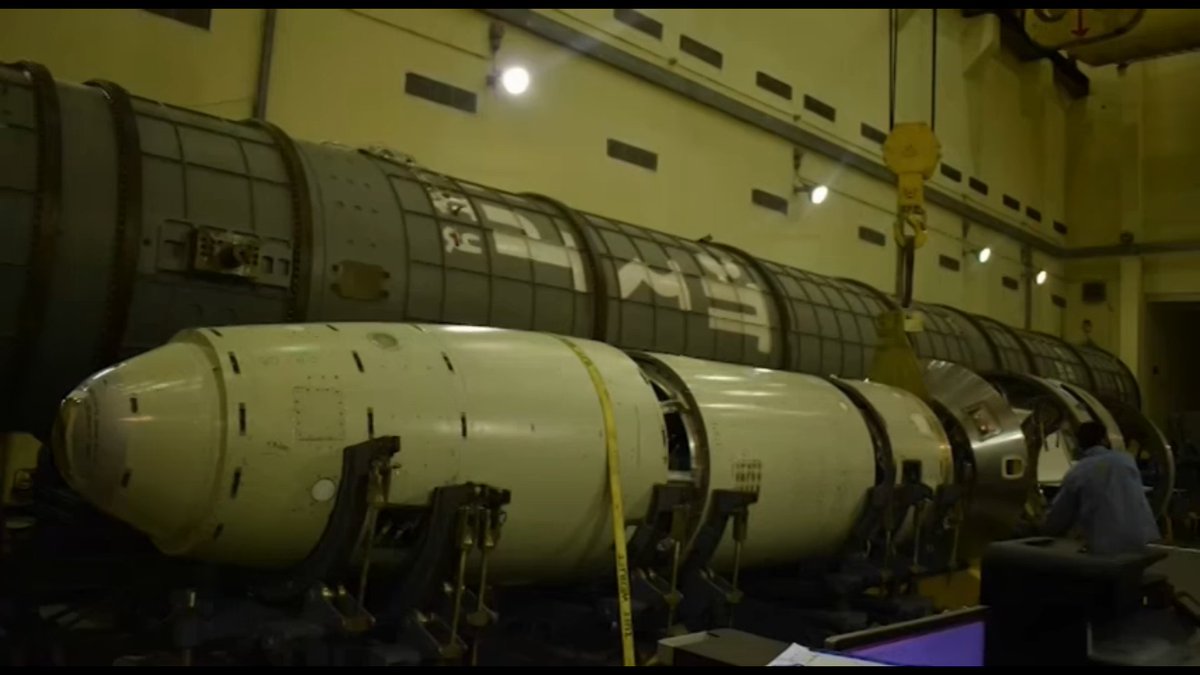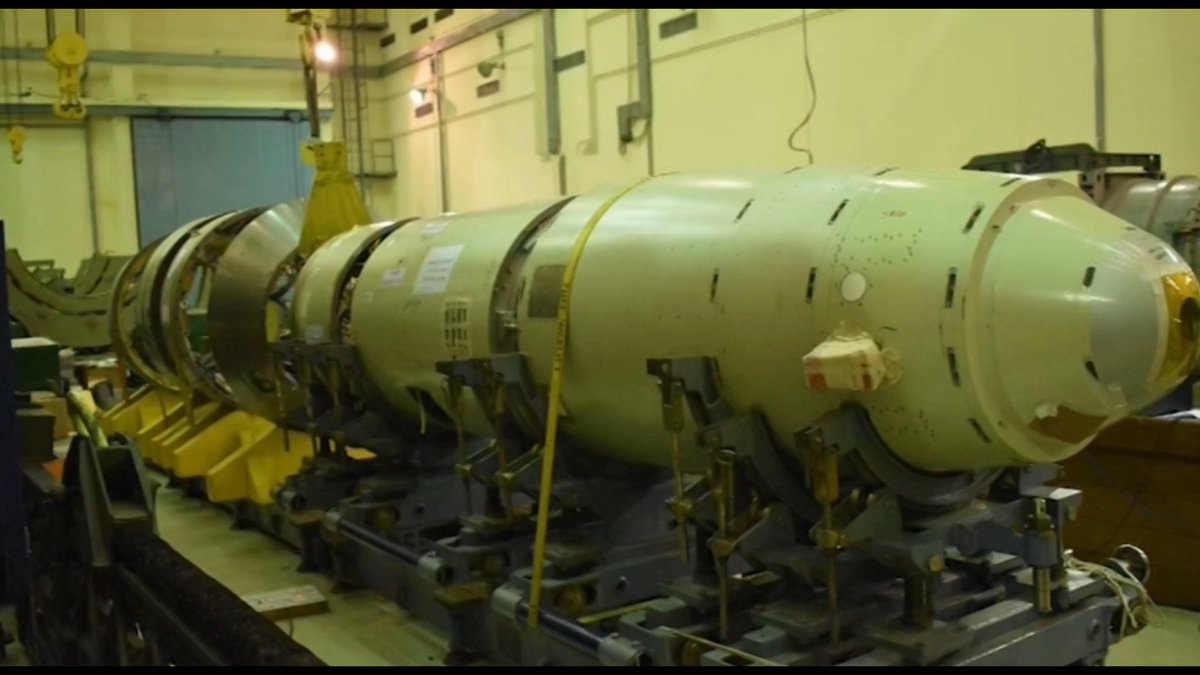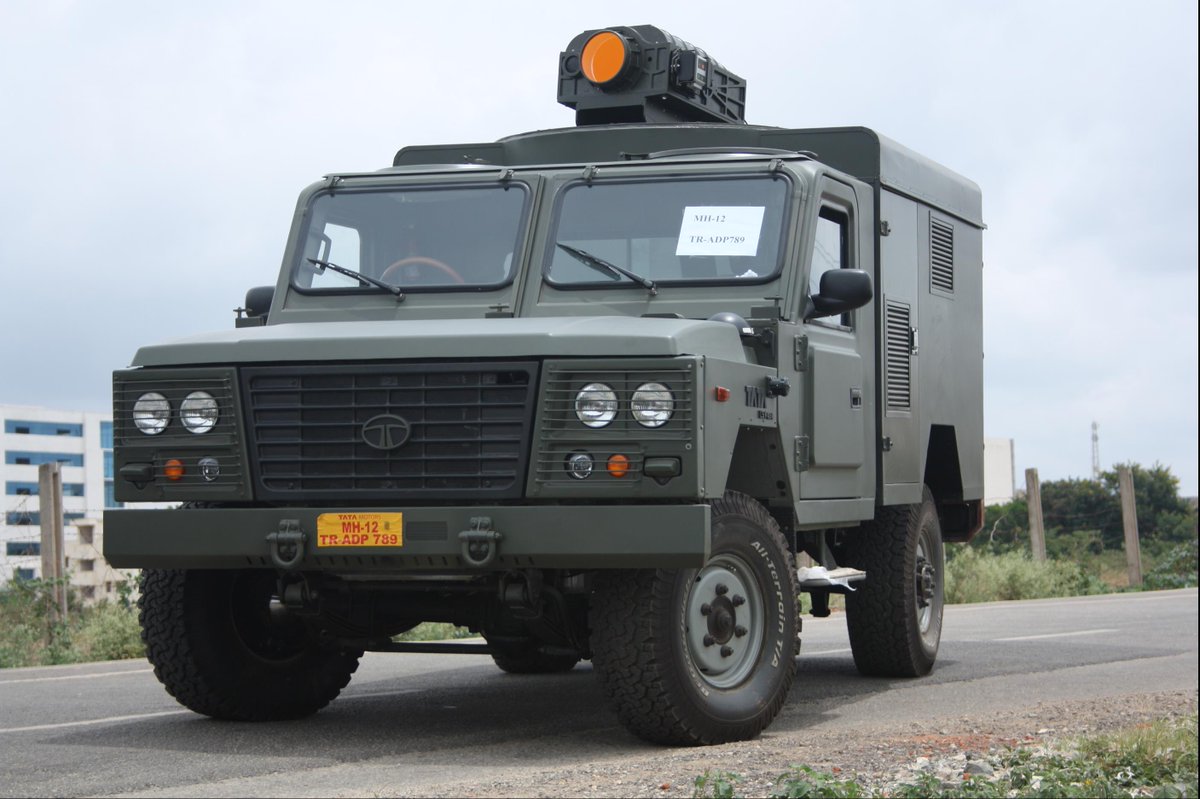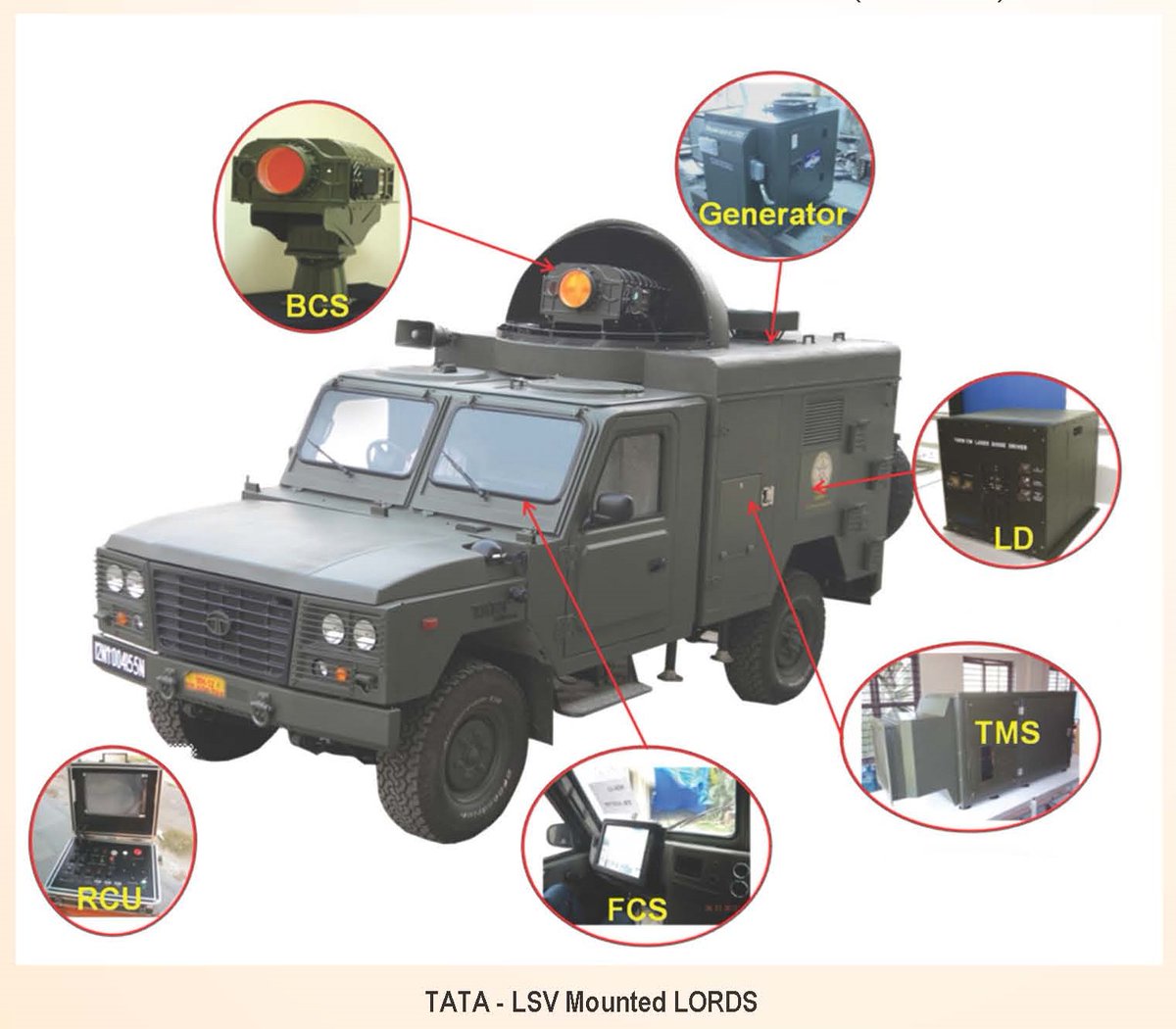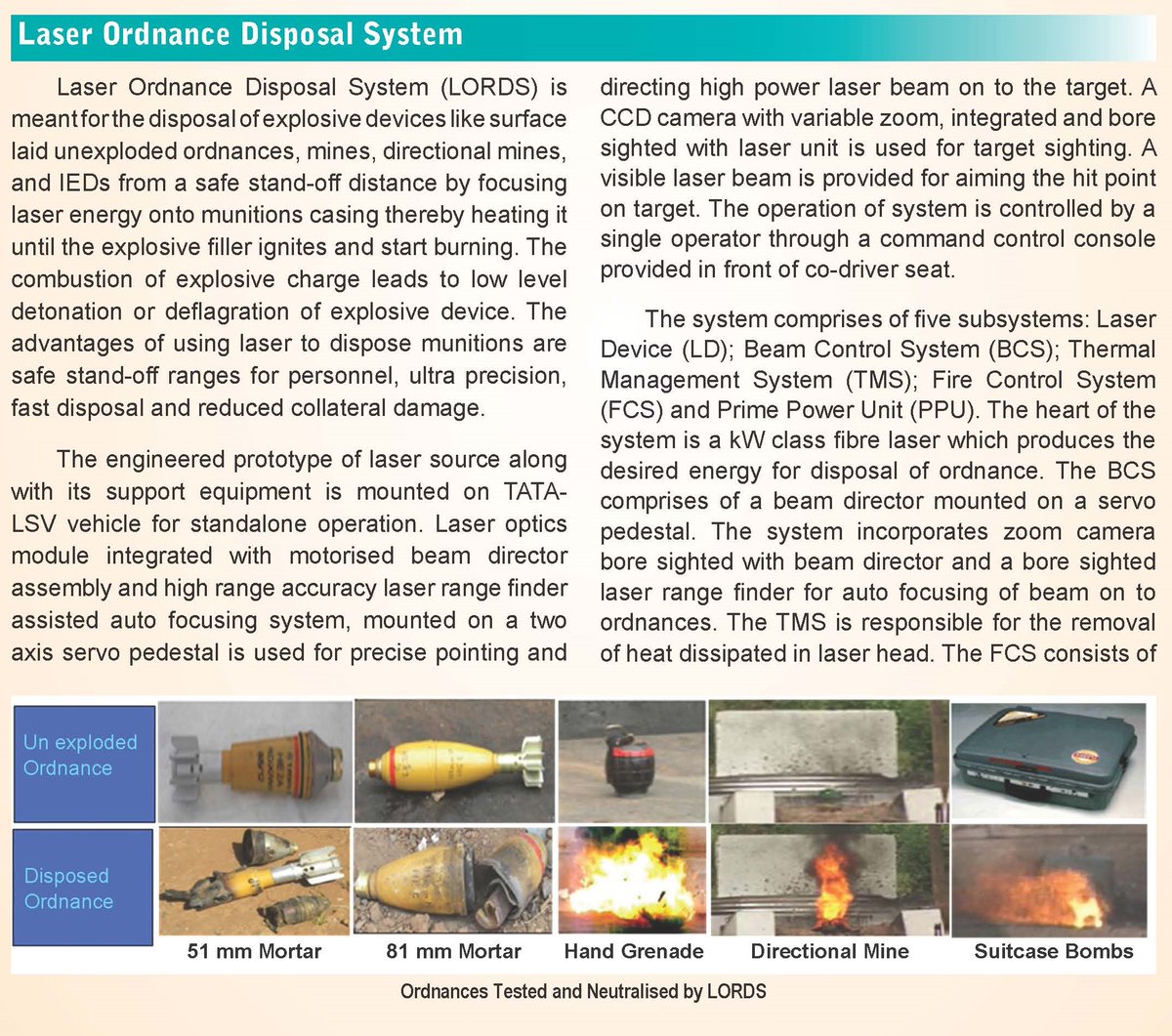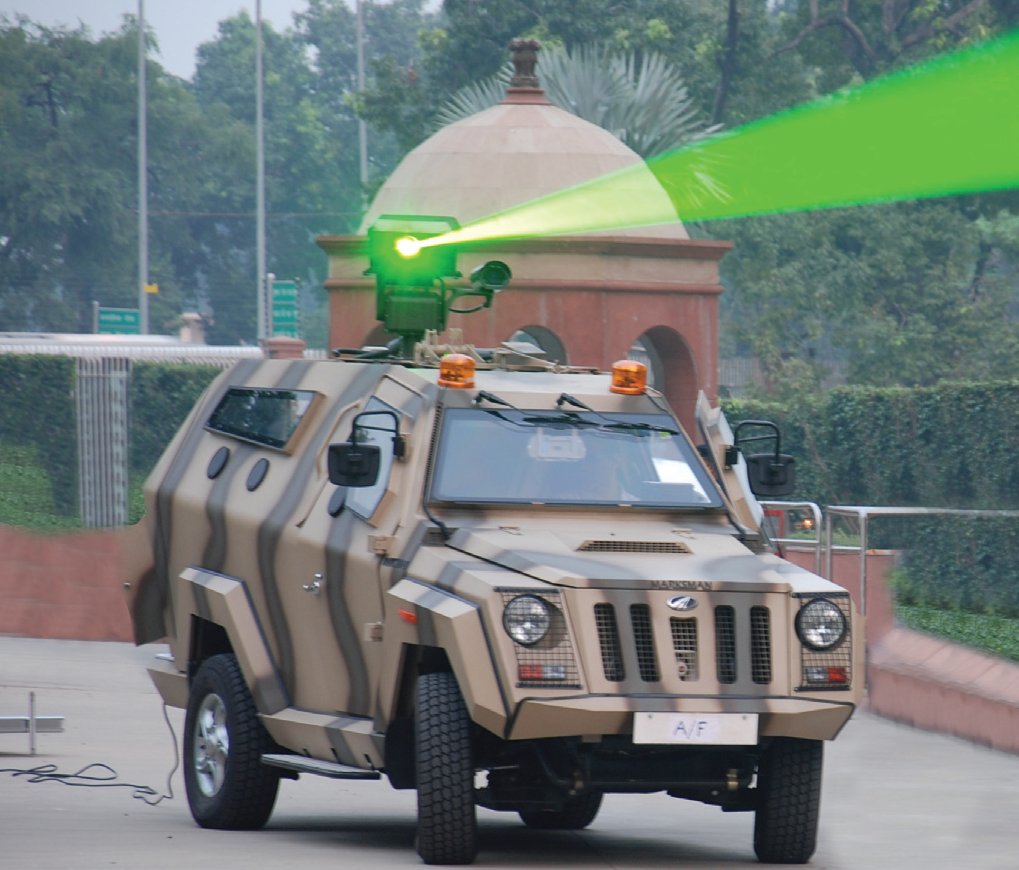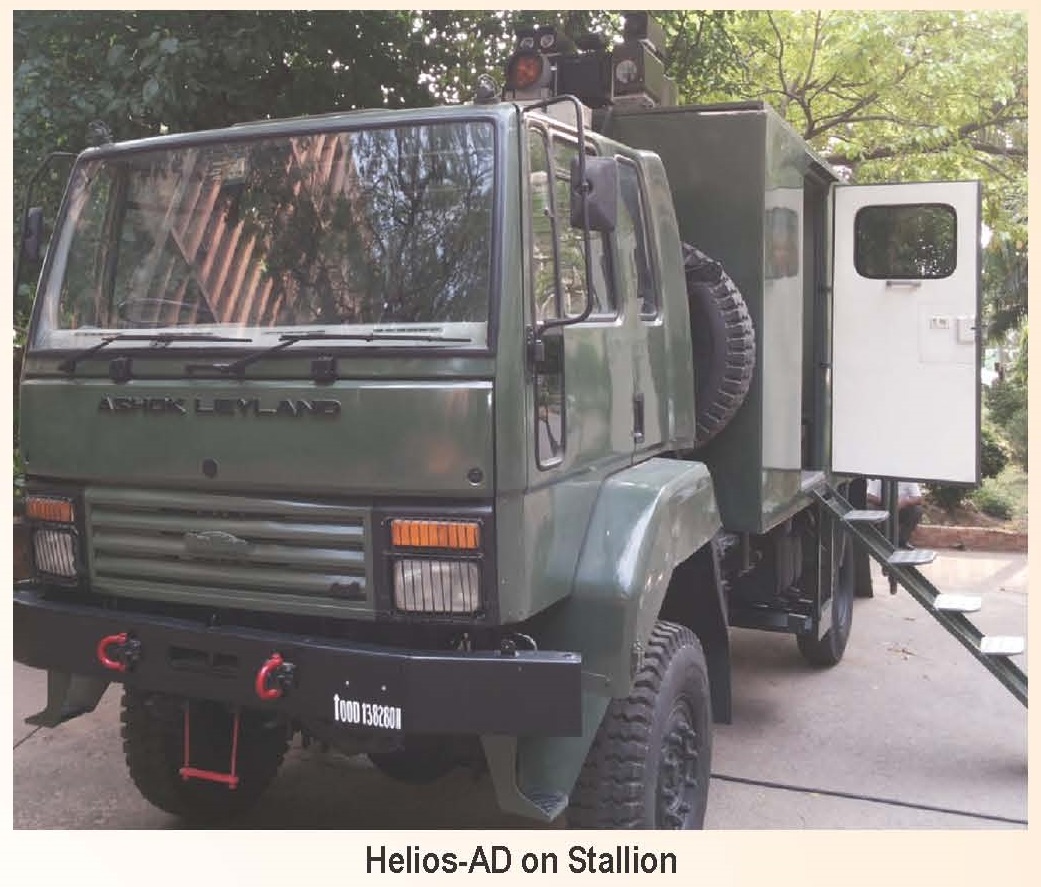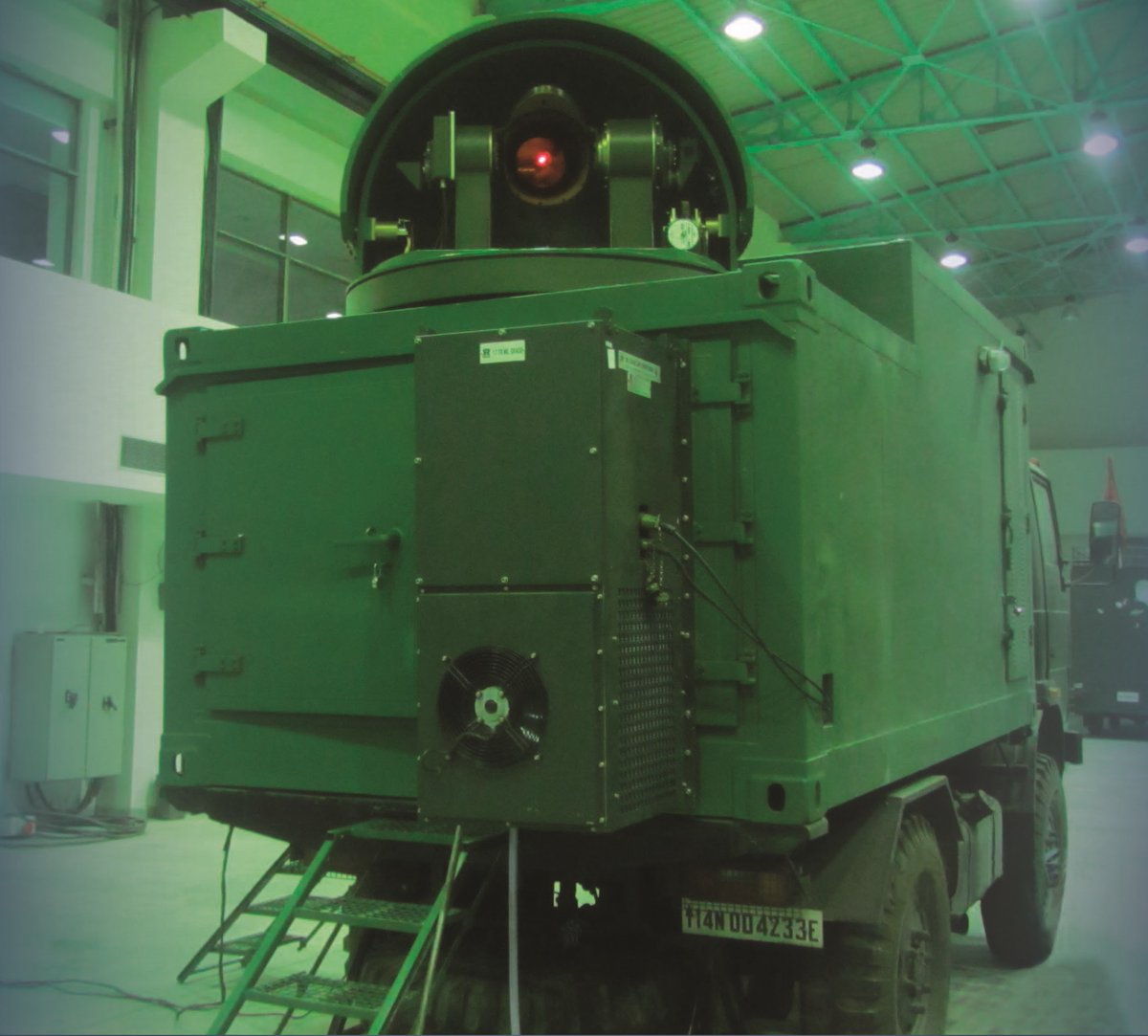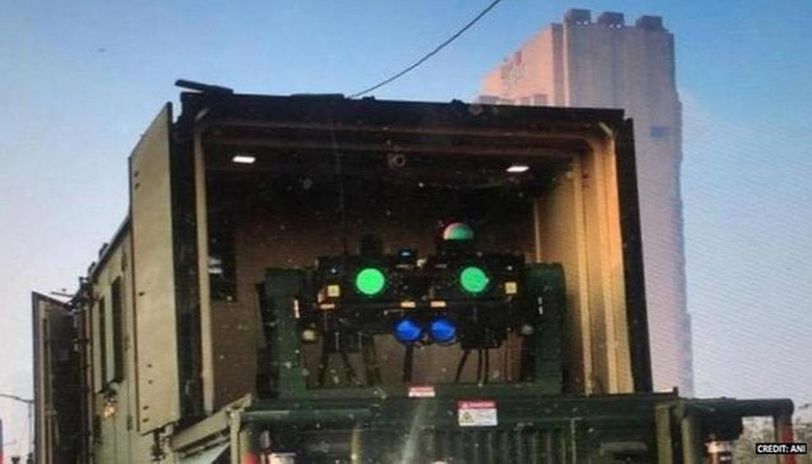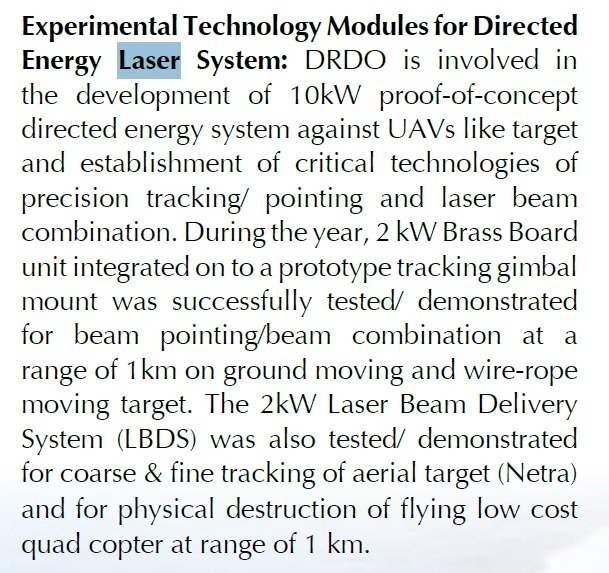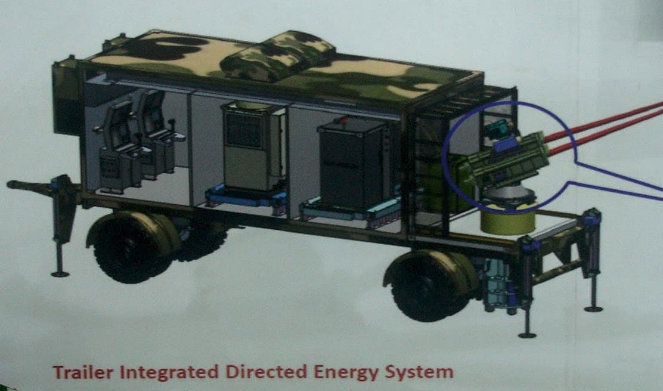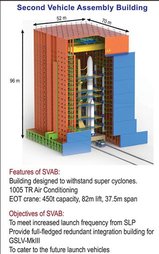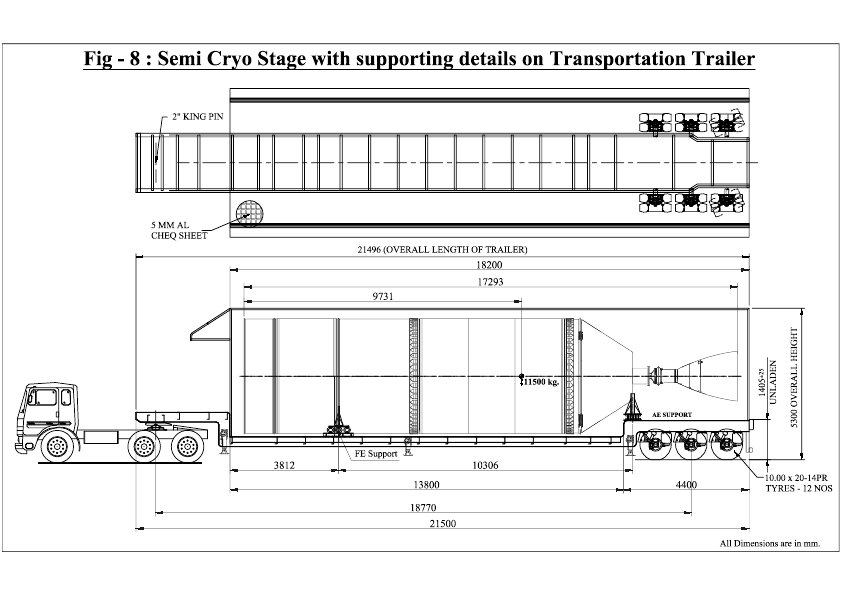CSIR-NAL laboratory to manufacture critical composite air-frame components for #LCA #Tejas
SIGNIFICANT part is that this deal is for FOC airframes (SP21-40). FOC is now very close and we are looking at minimal disruptions to production
True #MakeInIndia pib.nic.in/PressReleaseIf…
SIGNIFICANT part is that this deal is for FOC airframes (SP21-40). FOC is now very close and we are looking at minimal disruptions to production
True #MakeInIndia pib.nic.in/PressReleaseIf…
co-curing technology in LCA has resulted in 40% reduction in part count,50% reduction in number of fasteners 30% reduction in assembly time compared to a conventional metallic air-frame.The usage of composites has led to an overall weight reduction of about 20% in the air-frame
LCA project once again showcasing benefits of local development, CSIR-NAL will work with #Tata Advanced Materials Limited (TAML) in #Bengaluru as a production partner
#MakeInIndia
#MakeInIndia
The research and development of composite parts by NAL is one of the greatest outcomes of the #LCA #Tejas project. Truly world class efforts
#MakeInIndia



#MakeInIndia



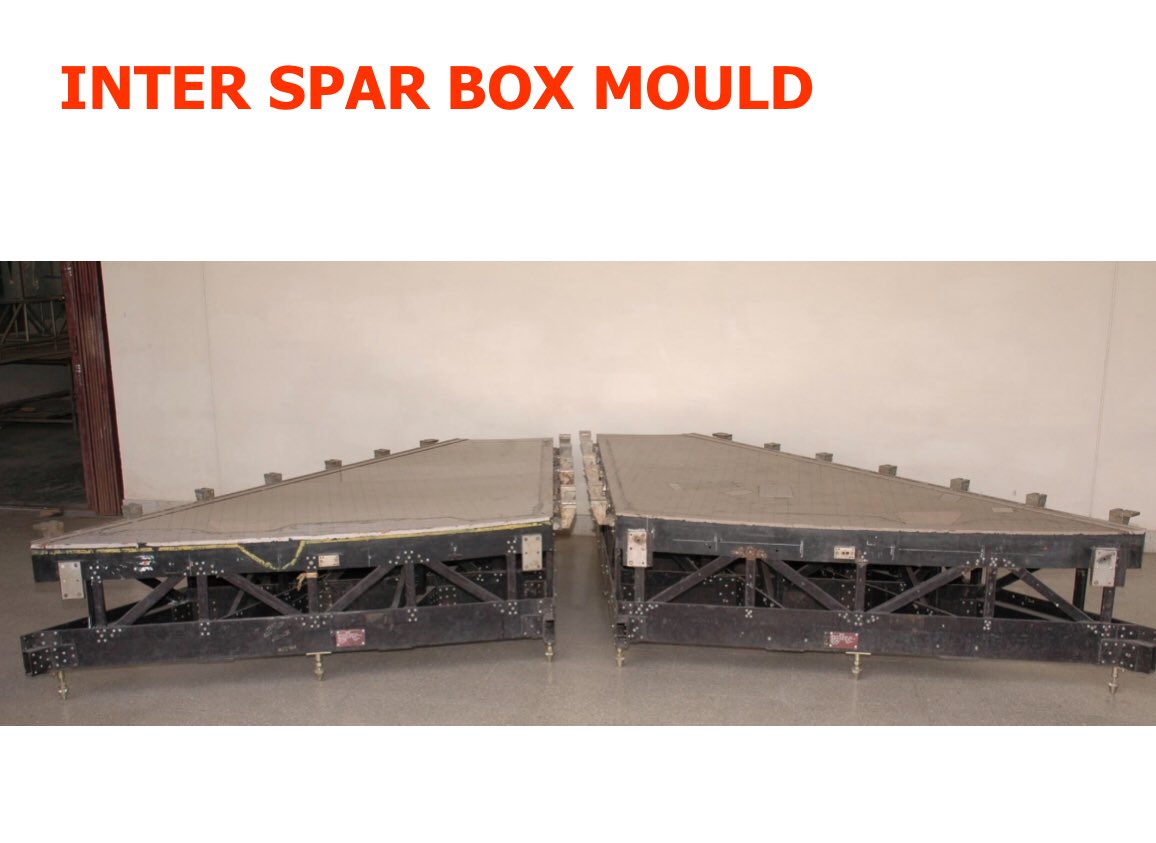
Should be noted that the SARAS is a beneficiary of this world also.
Proof that no matter the costs knowledge is never wasted and the inherent benefits of investing in local capacity building

Proof that no matter the costs knowledge is never wasted and the inherent benefits of investing in local capacity building


• • •
Missing some Tweet in this thread? You can try to
force a refresh


